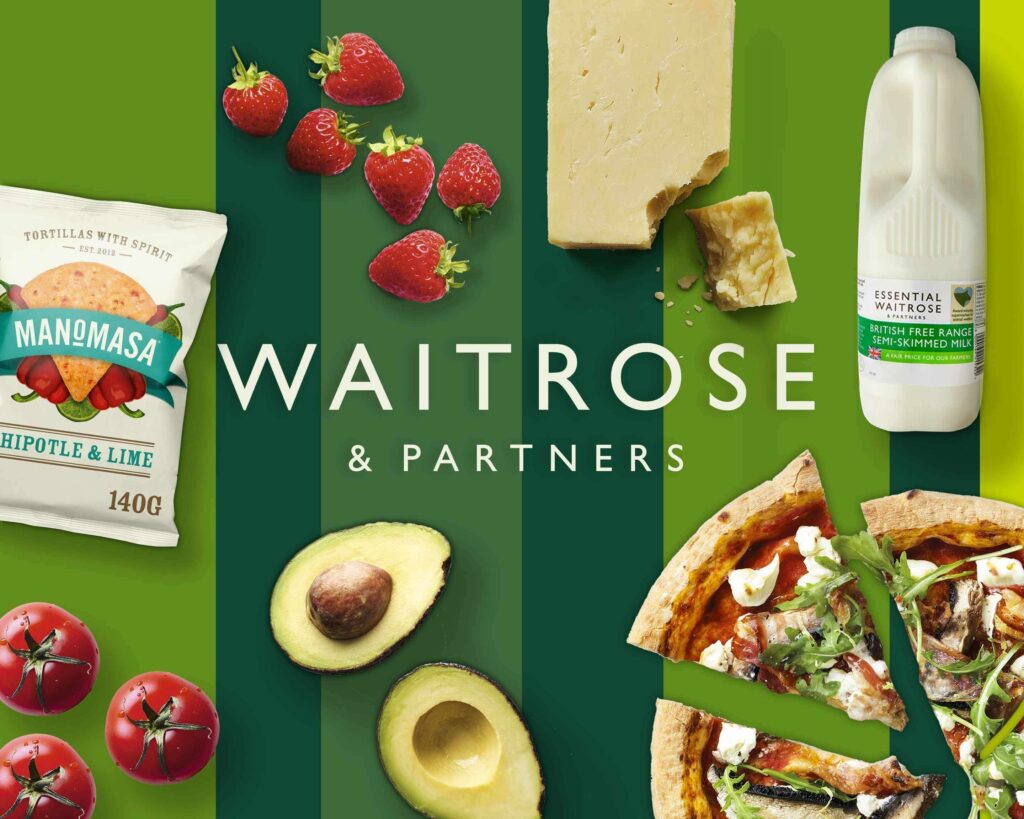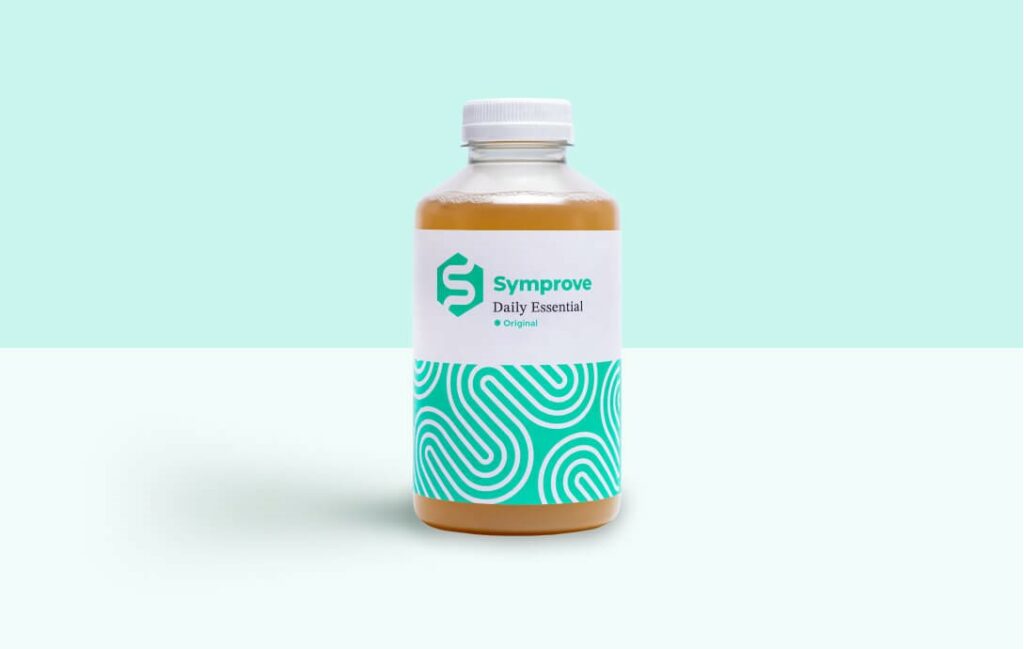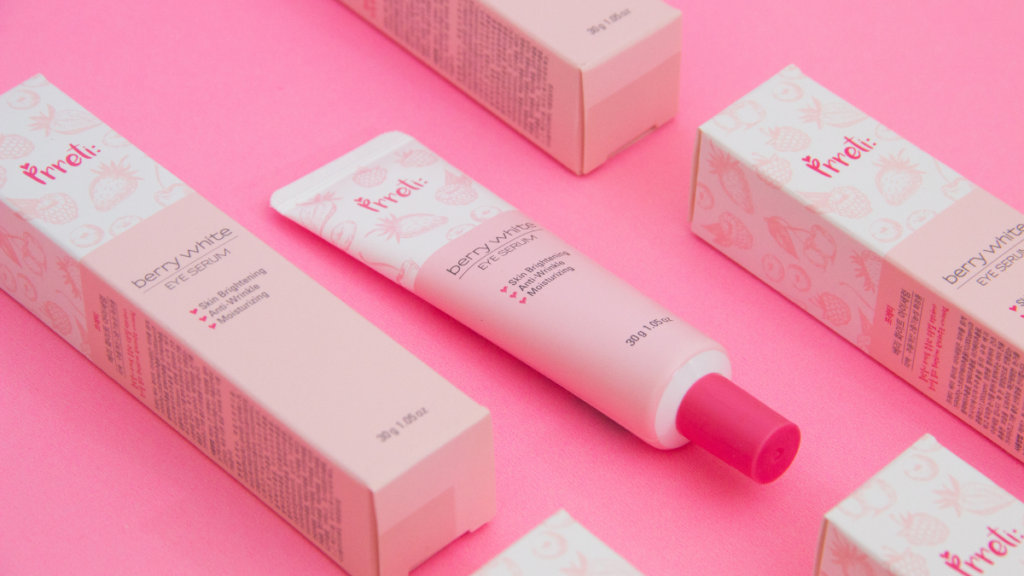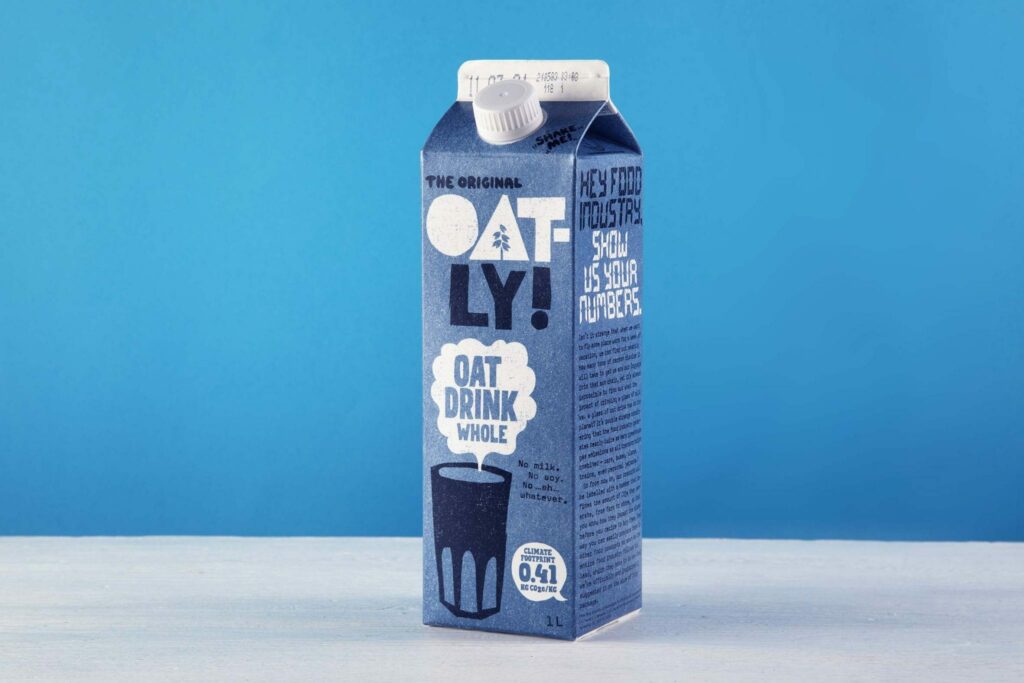3 Easy Steps to Get Sales with Video
Video is dominating the digital marketing space at the moment and the statistics speak for themselves. According to Google nearly 50% of internet users look for videos related to a product or service before visiting a store and video ads have an average click-through rate of 1.84% – the highest of all digital ad formats. (Business Insider). But what’s the best way to drive sales for your business with video?
When it come to sales, Google describes the consumer marketing journey in its own framework “See, Think, Do”. In short, these are the 3 phases a customer goes through before buying your product. First, it is awareness of your product or service. Next, they signal an intention to buy and finally, they buy.
Whether you are a B2C brand selling a consumer product or a B2B business selling a service, you need to create a funnel of interest and leads at the start of your consumer’s journey and then guide them through these 3 steps before asking for a sale. The best way to do this is with either an online advertising campaign, an email marketing campaign or a mix of both.
1. Inform
Run some general awareness video adverts on either Google, Youtube or Social Media. This is for the people that don’t know you and haven’t even heard of you. Get them familiar with your business through targeted video adverts. Identify your audience first, decide where the best place is to reach them, then create adverts that softly introduce you to them. Don’t try to strong-arm them with a sale at this point. Brands that use video marketing grow their year-over-year revenue 49% faster than brands that don’t. (Wirebuzz)
2. Educate
Often, your ideal customer doesn’t know they have a problem that you can solve so begin to educate them. Let them know about the value of your product and why it is a good fit for them. In their buyer journey, when they are in Google’s “Think” phase, they will be seeking out information before making a decision so this is a great time to educate them. In fact, searches related to “how to” on YouTube have grown 70% year on year. (Google) Either send videos to your prospects via email (if you’ve captured their information) or re-market to them via Google or Facebook pixel. As I’ve talked about in a previous blog, think about creating videos that focus on the problem rather than the product. For example, if long distance runner is having a problem with blisters and your product solves that, then create content that unpacks “why” blisters happen in the first place, then how your product helps.
3. Offer
Buyers love a deal so run a promotion and deliver the promotion in a video. Run these videos as either 15 second adverts to the same audience you have raised awareness with, re-market to your existing audience or email them directly. Remember to have a finite time-frame on your offer and a definitive cut off point. The video should have a very strong call-to-action so prospects know how to redeem the offer. And remember to keep your videos nice and short. Nearly two-thirds of consumers prefer video under 60 seconds. (Insivia)
A recent survey by (Buffer) found that 73% of marketers said they’d create more video content if there were no obstacles like time, resources, and budget. But always consider that if you create a well-structured video marketing campaign just once, it’s much easier to then replicate it. It will be worth the time, resources and budget you may waste on less effective strategies.
If you want to talk to us about how to drive sales for your business using video then drop us a line at info@smallfilms.com







